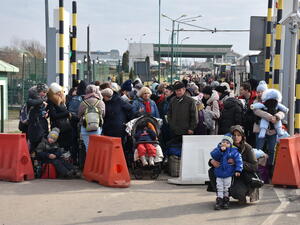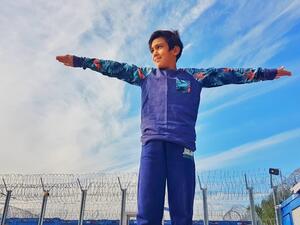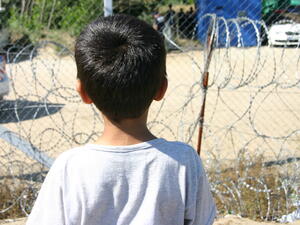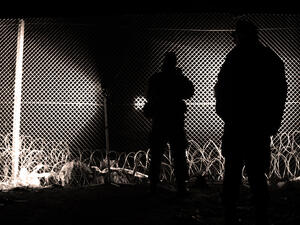Refugees Magazine Issue 144 ("Where Are They Now? The Hungarian Refugees, 50 Years On") - Editorial: The 50th Anniversary of the Hungarian Uprising
Refugees Magazine Issue 144 ("Where Are They Now? The Hungarian Refugees, 50 Years On") - Editorial: The 50th Anniversary of the Hungarian Uprising
The last week of October 1956 was one of the most dramatic in the second half of the 20th century. Two entirely separate crises erupted, both of which had important and long-lasting ramifications for the future course of the Cold War and the relationship between the two emerging Superpowers - as well as for the development of the United Nations.
On 23 October, while the British, French and Israeli governments were in the middle of a secret three-day meeting in Sèvres, near Paris, which would lead directly to a momentous upheaval in the Middle East (the echoes of which still resonate today), a group of engineering students in the Hungarian capital Budapest decided to hold a demonstration - not about the situation in Hungary, but about Poland.
News had been swirling around Budapest about unrest in several other Soviet satellite states: riots in East Germany, rumblings in Prague, and above all a serious revolt in the Polish city of Poznan in June, which had been crushed by the army.
The Budapest students had heard rumours of further unrest in Poland and decided to demonstrate in support of the Poles. Word quickly spread through the city, and people started coming out of their shops, factories and houses to join the march.
Thus, to some extent, the 1956 Hungarian Revolution began by accident - although tensions had been simmering for some time. The country had suffered considerable economic hardship and a succession of vicious purges during a decade of communist rule. Nikita Khruschev's denunciation of Stalin in February 1956 had sent ripples of expectation across Central Europe, and one large demonstration with distinctly anti-communist overtones had already taken place in Budapest itself a couple of weeks earlier.
As 23 October progressed, tens of thousands of people poured on to the street - and the initial demonstration very quickly turned into something else altogether: a full-scale revolt against the regime and its Soviet masters.
Twelve days later on, on 4 November, the Soviet tanks rolled into Budapest. The city endured days of heavy shelling and street battles, and Hungarians started to flee at the rate of thousands a day to neighbouring Austria. By the time the borders were fully sealed, some 180,000 Hungarian refugees had made their way to Austria and 20,000 had headed south into Yugoslavia.
Within days of the exodus starting, an extraordinary operation sprang up in Austria, not only to care for the refugees, but to move them out of the country almost as fast as they arrived. In the end, 180,000 were resettled from Austria and Yugoslavia to a total of 37 different countries - the first 100,000 of them in under ten weeks. The performance of the Austrians, the aid agencies and the resettlement countries was truly remarkable.
The 1956 uprising and its aftermath helped shape the way humanitarian organizations - not least UNHCR - were to deal with refugee crises for decades to come. The episode also left an indelible mark on international refugee law and policy.
But the people it marked most of all were, of course, the Hungarians themselves - both those who stayed and those who left. To commemorate the 50th anniversary of the 1956 Revolution, Refugees magazine has interviewed seven Hungarian refugees who subsequently settled in seven far-flung foreign lands.
They range from one of the biggest names in the global computer industry to a retired garage mechanic. But they have all, in their own way, spent the last 50 years carving out successful new lives which belie the notion that refugees are a "burden" on their host states.
As UNHCR Goodwill Ambassador Angelina Jolie remarks later in this issue of the magazine, 50 years is "a blink of the eye in human history." In the world of refugees, a huge amount has been achieved over the past half century - but as the response to the Hungarian crisis reminds us, a certain degree of spontaneity, altruism and pure generosity of spirit seems to have been lost along the way.
Source: Refugees Magazine Issue 144: "Where Are They Now? The Hungarian Refugees, 50 Years On" (October 2006).







